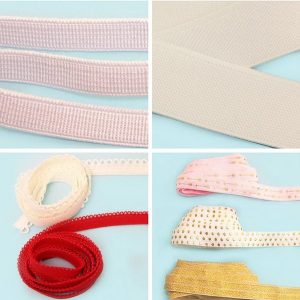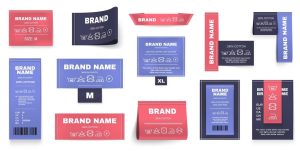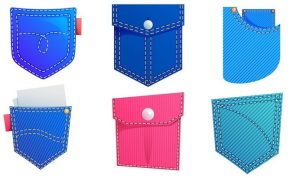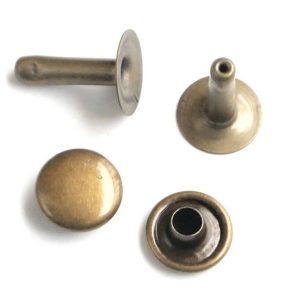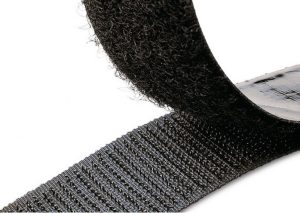“Garment” is a broad term that refers to any piece of clothing or textile item that is worn on the body. Here’s some information about garments:


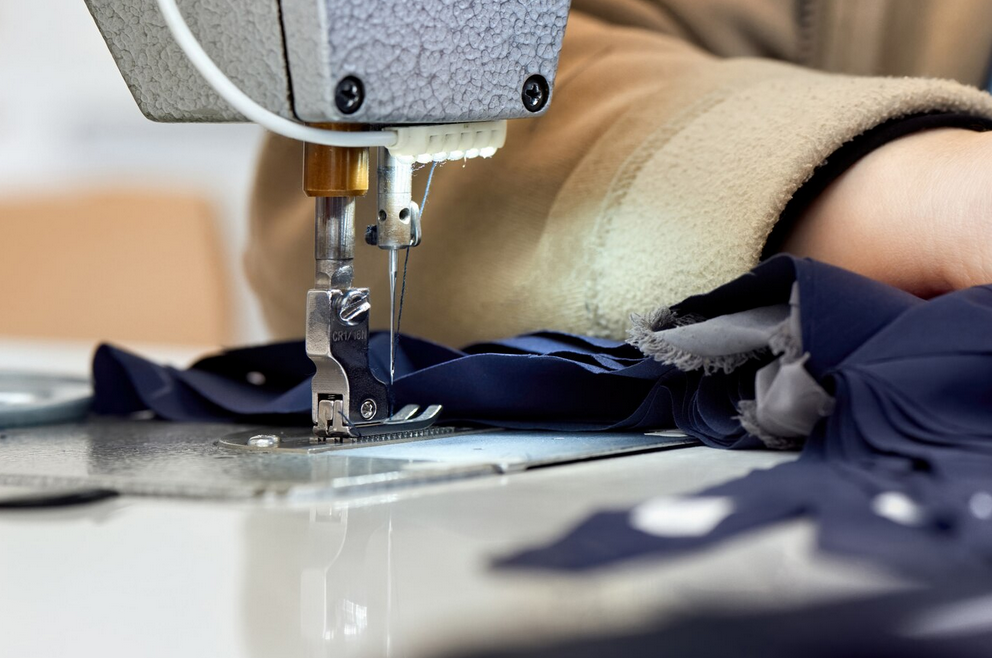


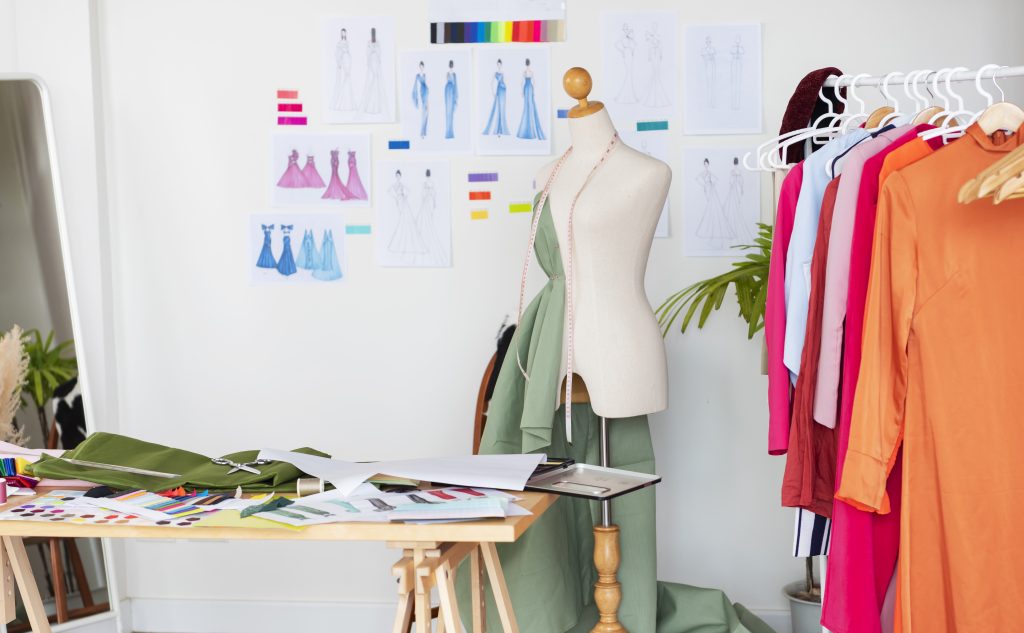
- Types of Garments: Garments come in a wide variety of classes, including shirts, pants, dresses, skirts, blouses, t-shirts, jackets, coats, and more. The specific type of garment often depends on the purpose, style, and occasion for which it is designed.
- Fabrics: Garments can be made from various fabrics, such as cotton, silk, wool, linen, polyester, and more. The choice of fabric can significantly impact the comfort and functionality of the garment.
- Manufacturing: Garments are typically manufactured in textile and apparel factories. The process involves cutting fabric, sewing and adding zippers or buttons and often includes various finishing touches, such as hemming and quality control.
- Fashion Industry: The garment industry is a significant part of the fashion industry. Fashion designers create new clothing designs, and these designs are then manufactured and distributed to consumers. The industry is known for its seasonal trends and changing styles.
- Sizes: Garments are made in various sizes to accommodate different body shapes and sizes. Common size categories include small, medium, large, and extra-large, but many brands offer more detailed sizing charts.
- Care Instructions: Most garments come with care labels that provide instructions on how to wash and maintain the clothing item. These instructions are crucial to ensure the longevity of the garment.
- Cultural Significance: Garments often have cultural and symbolic significance. Traditional clothing, such as kimonos in Japan or saris in India, are important cultural garments with a deep cultural and historical context.
- Sustainable and Ethical Fashion: There is a growing movement in the fashion industry towards sustainable and ethical practices, including using eco-friendly materials, fair labour practices, and reducing the environmental impact of clothing production.
- Online Shopping: In recent years, online shopping for garments has become increasingly popular. E-commerce platforms allow consumers to browse and purchase garments from the comfort of their own homes.
- Customization: Some companies offer customization options, allowing customers to design and personalize their garments. This can include selecting fabric, and colours, and even adding custom embroidery or prints.
- Fast Fashion: Fast fashion is a term used to describe clothing brands that quickly produce and deliver new fashion trends to the market at affordable prices. However, it often raises concerns about environmental sustainability and ethical labour practices.










